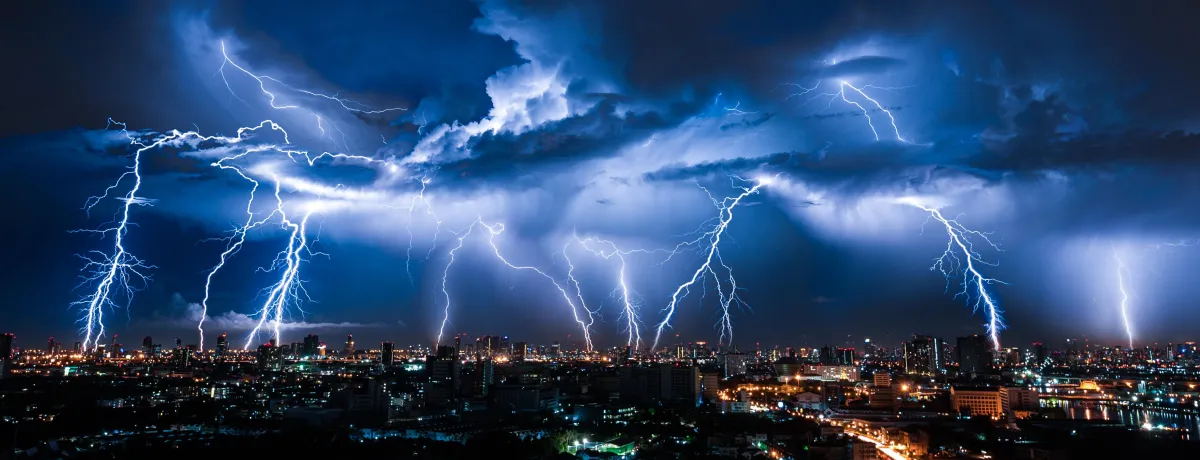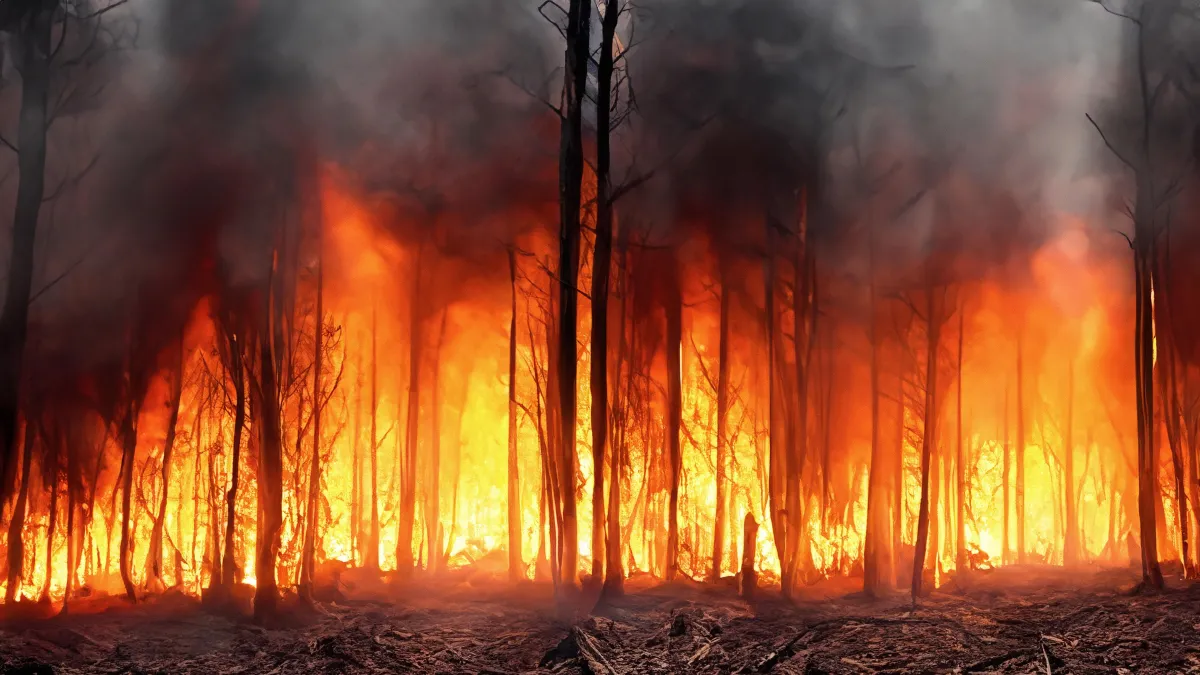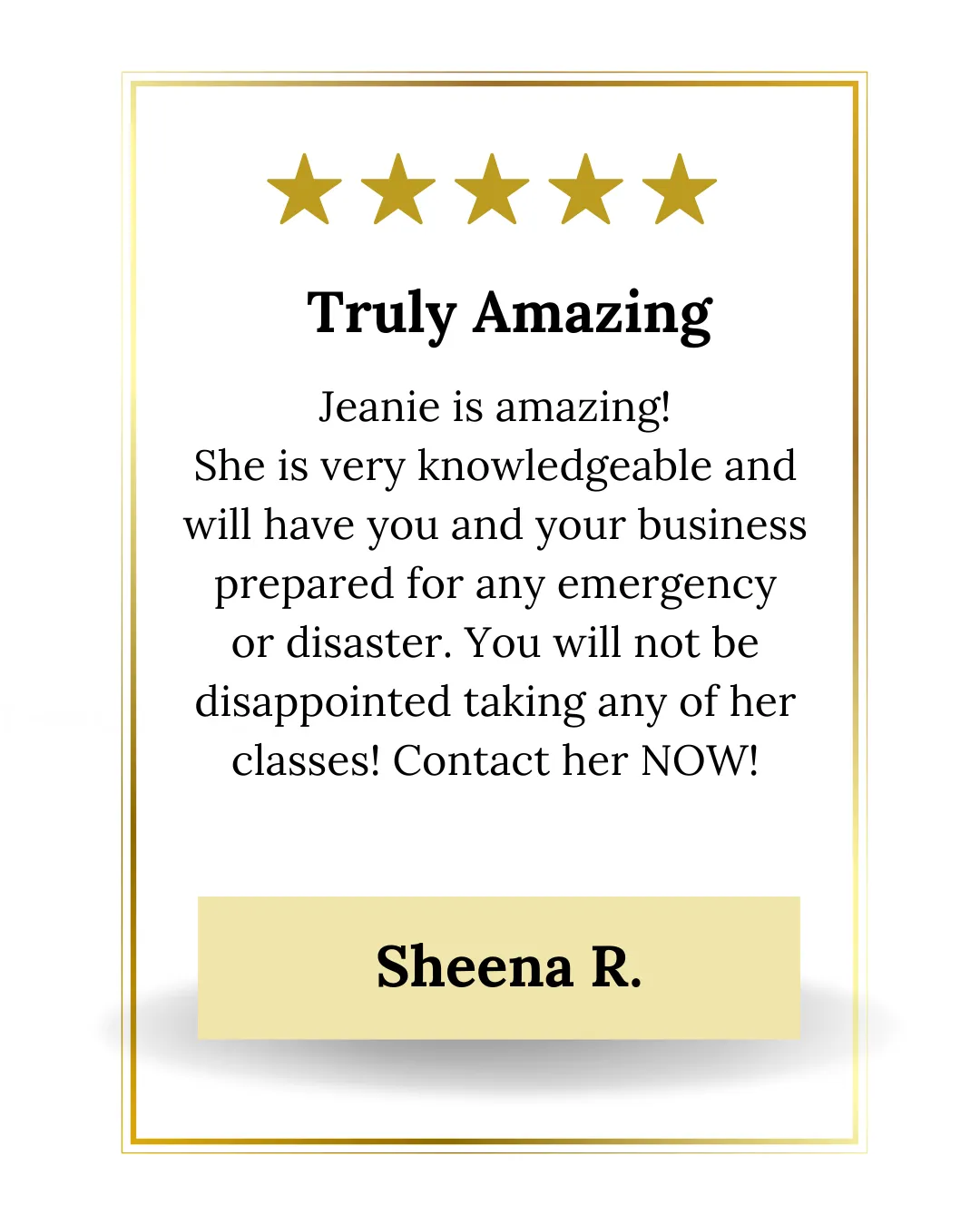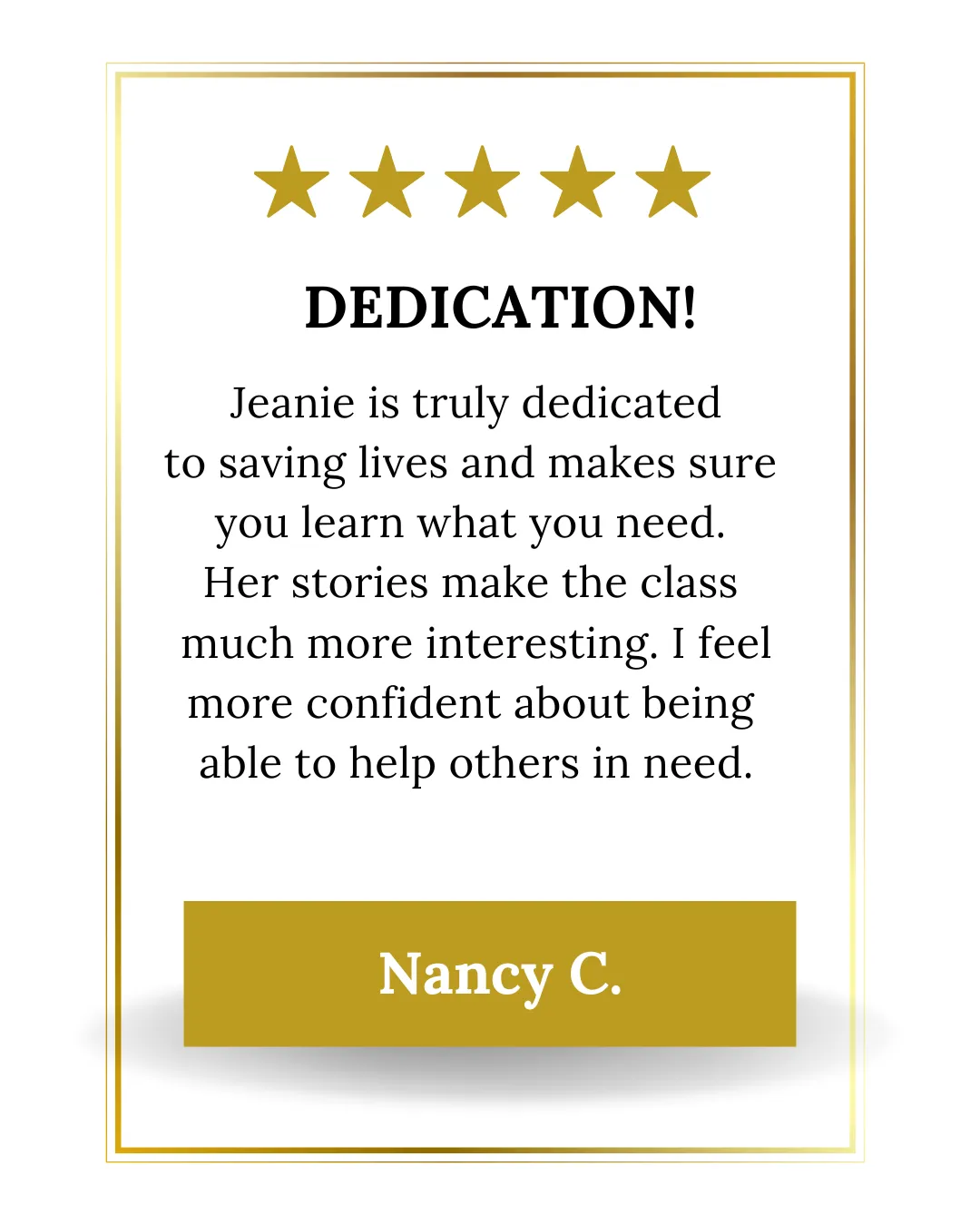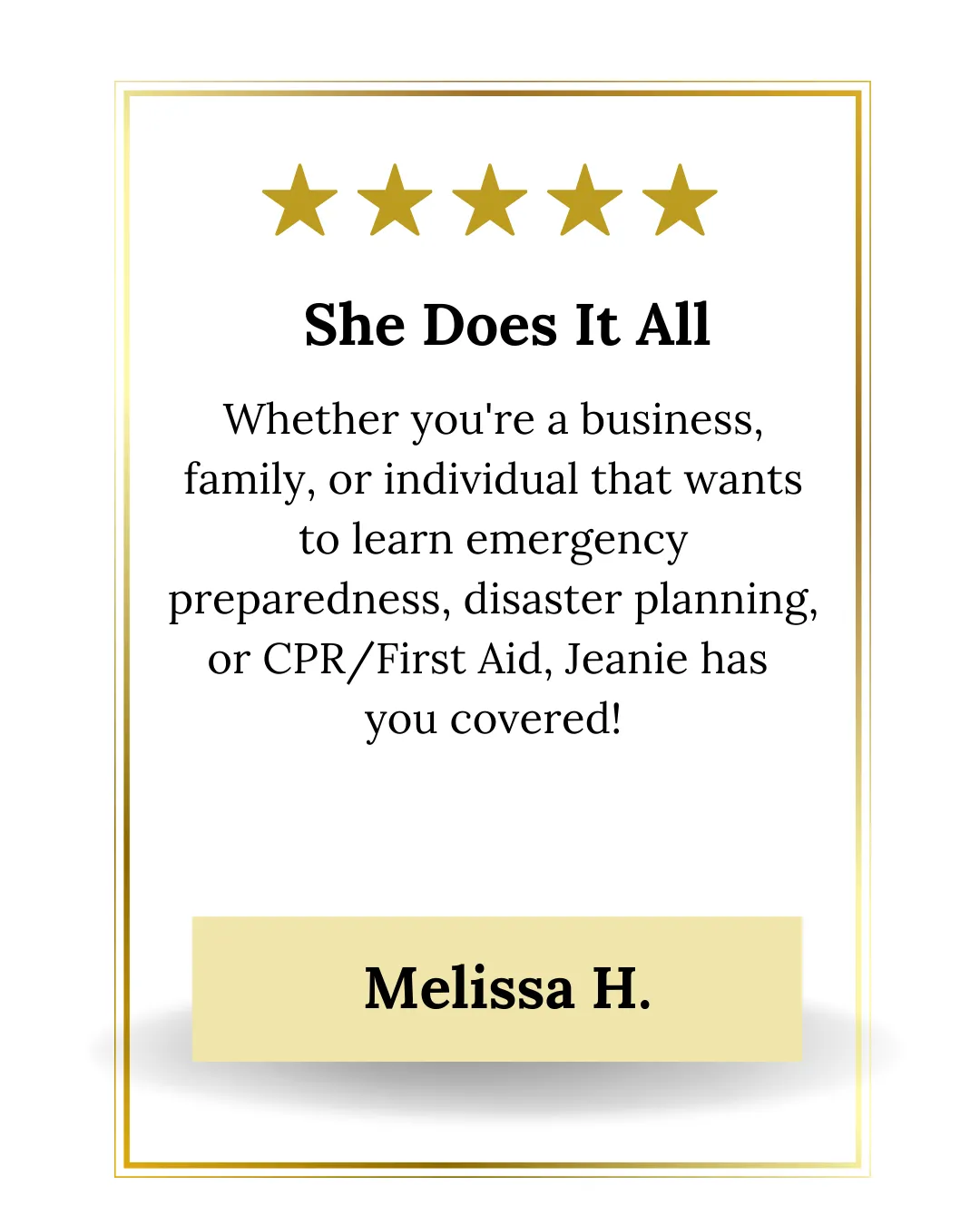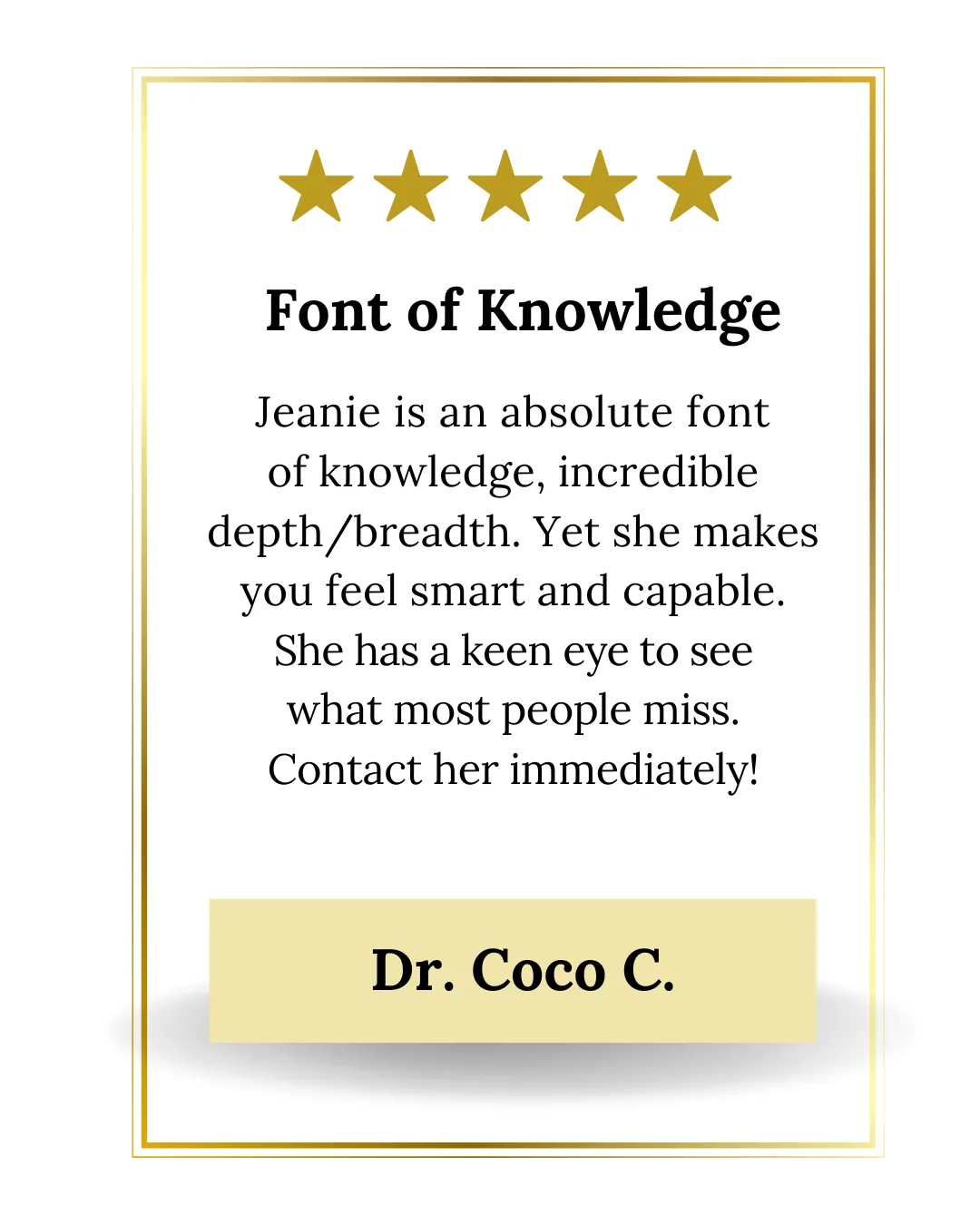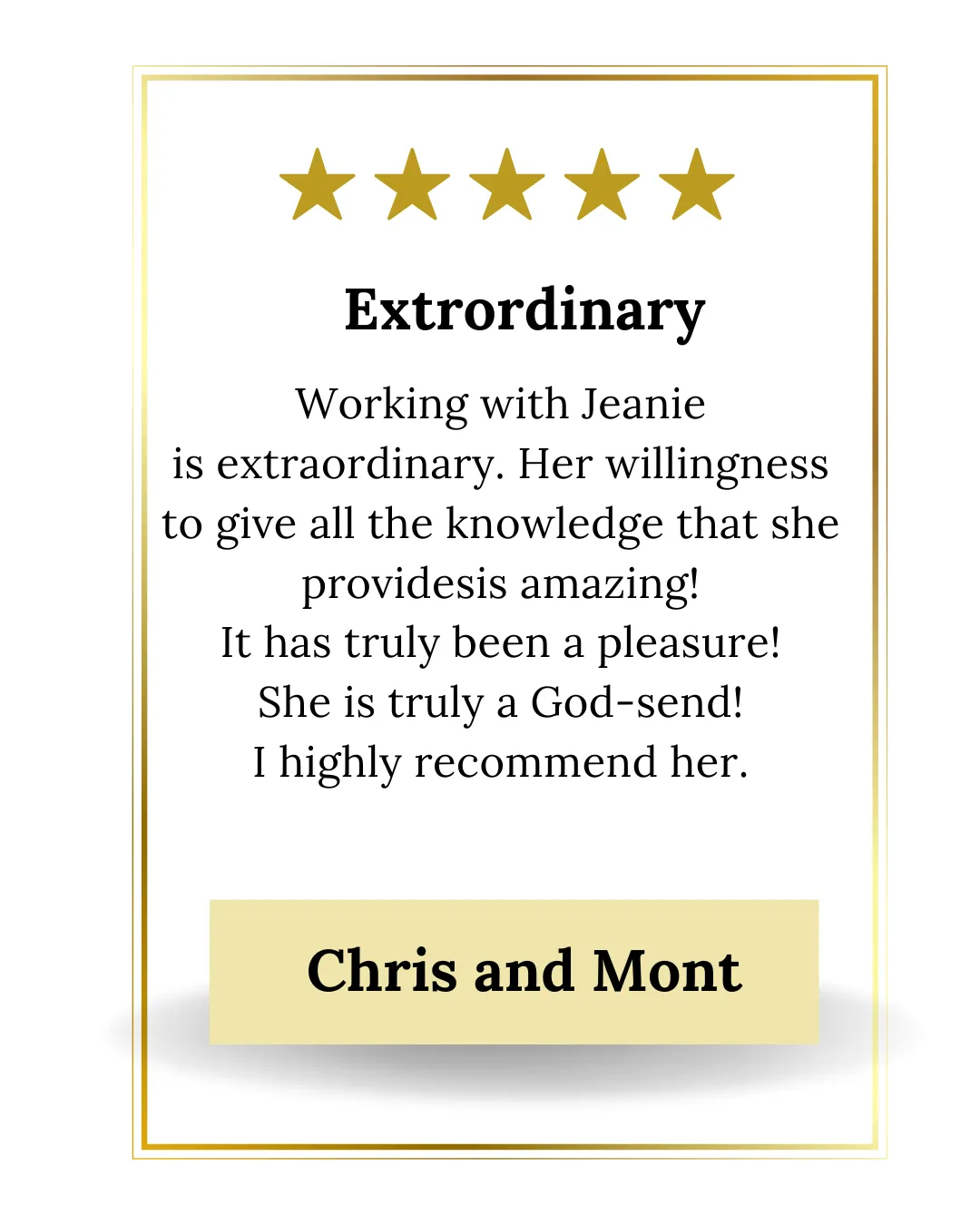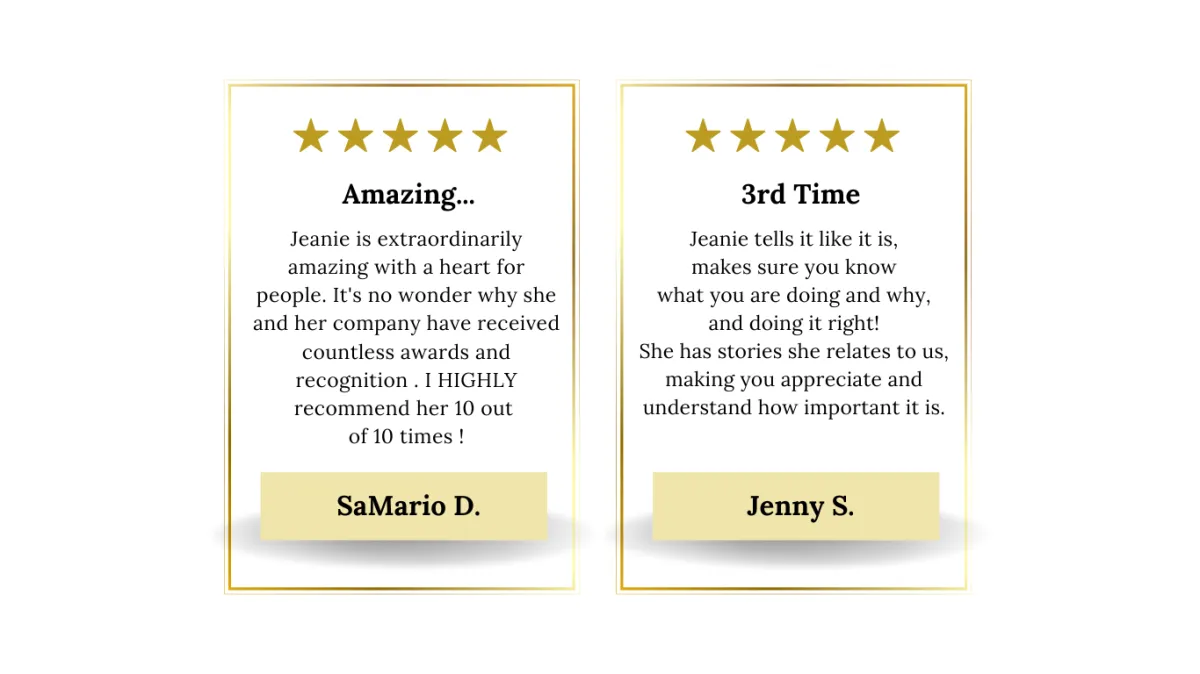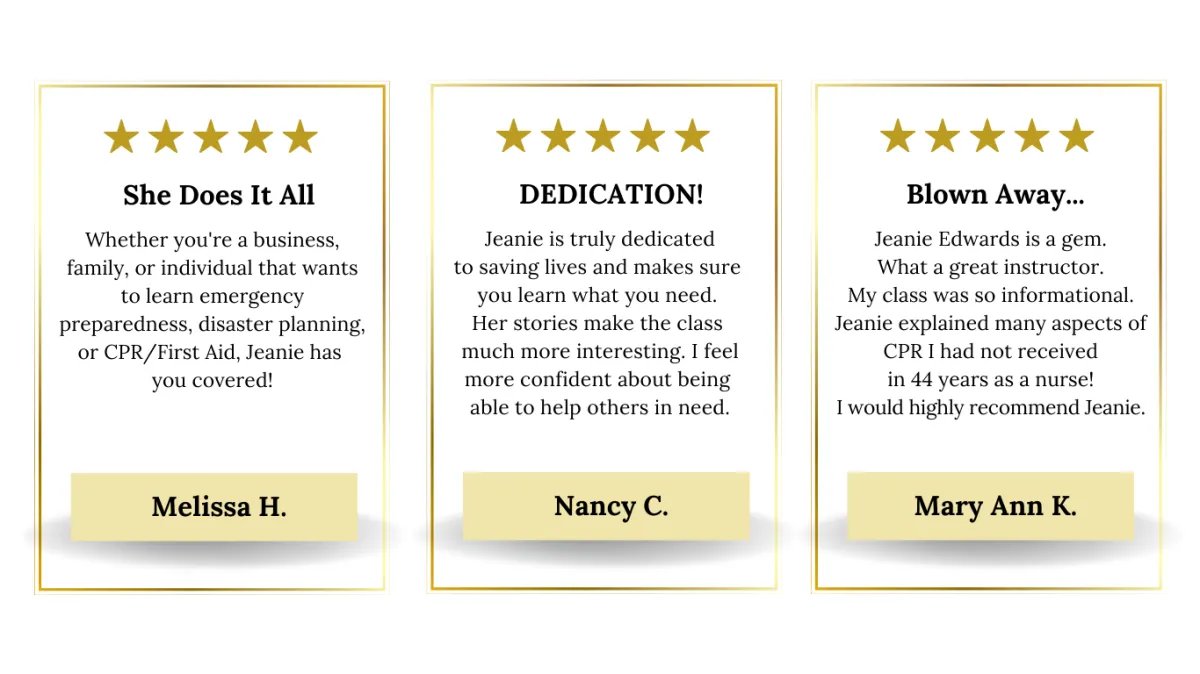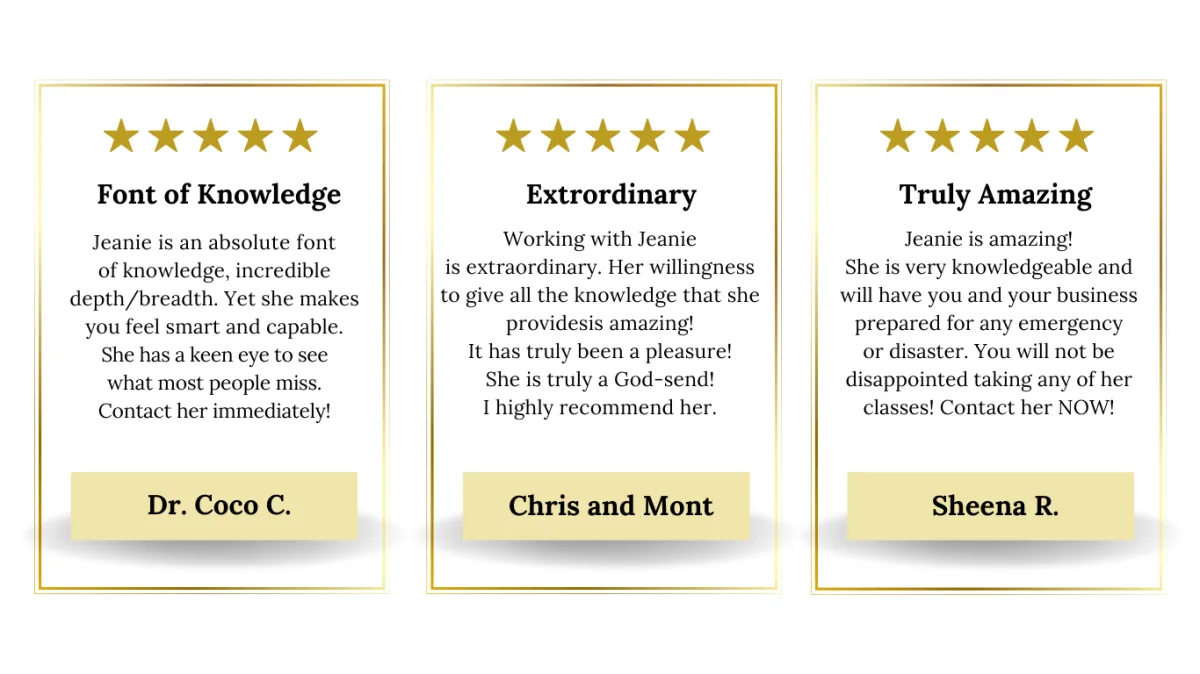Proactive Strategies for Business Solutions
Preparedness Enables Decisive Action
Jeanie Works With You to Improve Lives through Expert Disaster and Medical Emergency Planning
Master Disaster & Medical Emergency Preparedness
with Jeanie Edwards
Thousands of Lives Improved Through Expert Disaster & Medical Emergency Preparedness

The Values Of Jeanie Edwards
Life Statement
I am called to honor God by equipping businesses and communities with life saving disaster preparedness skills.
By living out the love of Jesus (not "preaching"), I strive to build resilience, protect lives,
and empower others to stand strong in times of calamity.
My mission is to serve with faith, wisdom, and compassion, ensuring that preparedness becomes a means of demonstrating God’s love in action.
1 Peter 4:10 (NKJV)
"As each one has received a gift, minister it to one another,
as good stewards of the manifold grace of God."
Vision
Empowering every business with faith driven disaster preparedness strategies to protect lives and ensure thriving communities.
Mission
Guided by faith, we equip businesses and individuals with life saving disaster preparedness skills,
through the Business Fortification Framework,
fostering resilience and teamwork,
to ensure that everyone is "disaster ready".
Why It Matters
The ultimate goal is to ensure that Lives Can Be Saved in all types of emergencies,
whether that be physically, financially, mentally, or spiritually.


The Values Of Jeanie Edwards
Life Statement
I am called to honor God by equipping businesses and communities with life saving disaster preparedness skills.
By living out the love of Jesus (not "preaching"), I strive to build resilience, protect lives,
and empower others to stand strong in times of calamity.
My mission is to serve with faith, wisdom, and compassion, ensuring that preparedness becomes a means of demonstrating God’s love in action.
1 Peter 4:10 (NKJV)
"As each one has received a gift, minister it to one another, as good stewards of the manifold grace of God."

Vision
Empowering every business with faith driven disaster preparedness strategies to protect lives and ensure thriving communities.
Mission
Guided by faith, we equip businesses and individuals with life saving disaster preparedness skills, through the Business Fortification Framework, fostering resilience and teamwork, to ensure that everyone is "disaster ready".
Why It Matters
The ultimate goal is to ensure that Lives Can Be Saved in all types of emergencies, whether that be physically, financially, mentally, or spiritually.

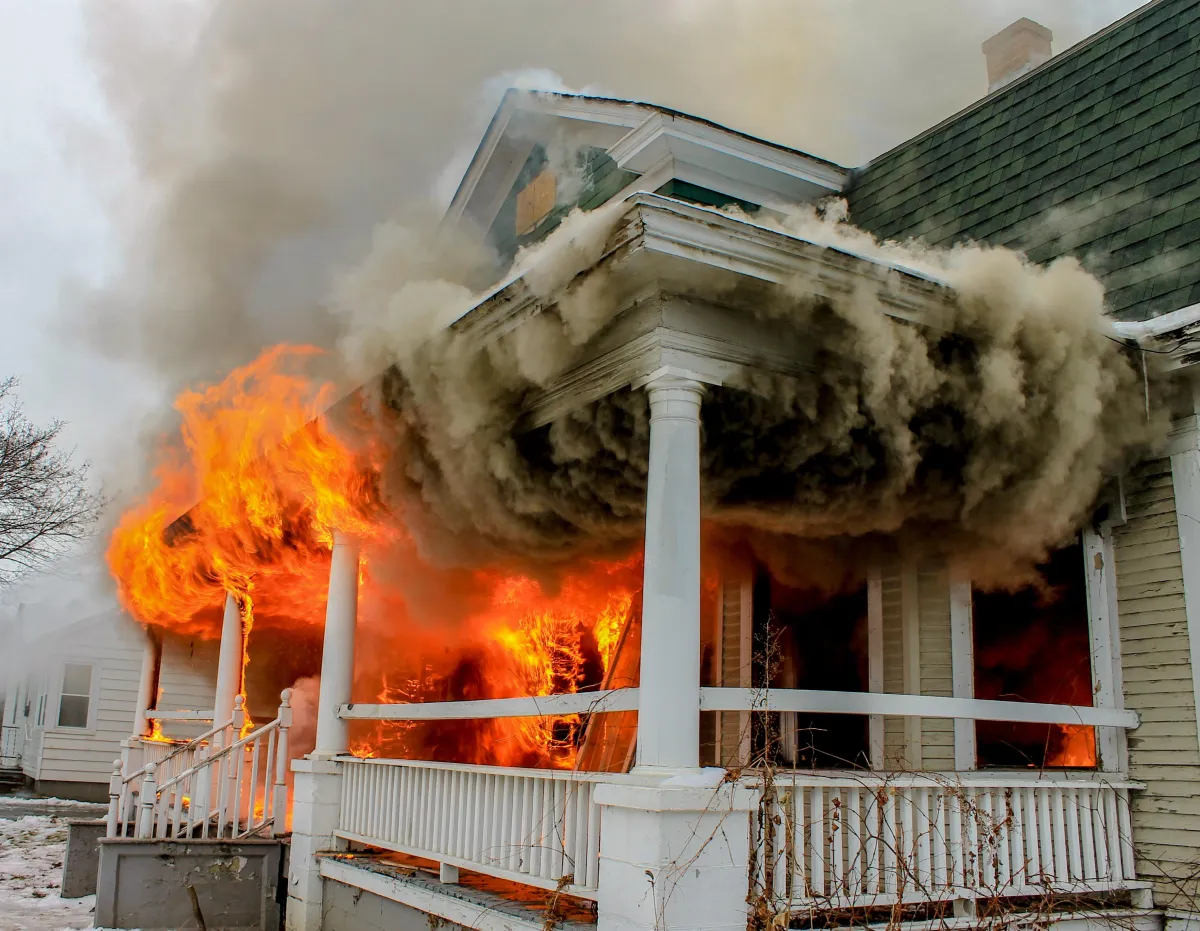
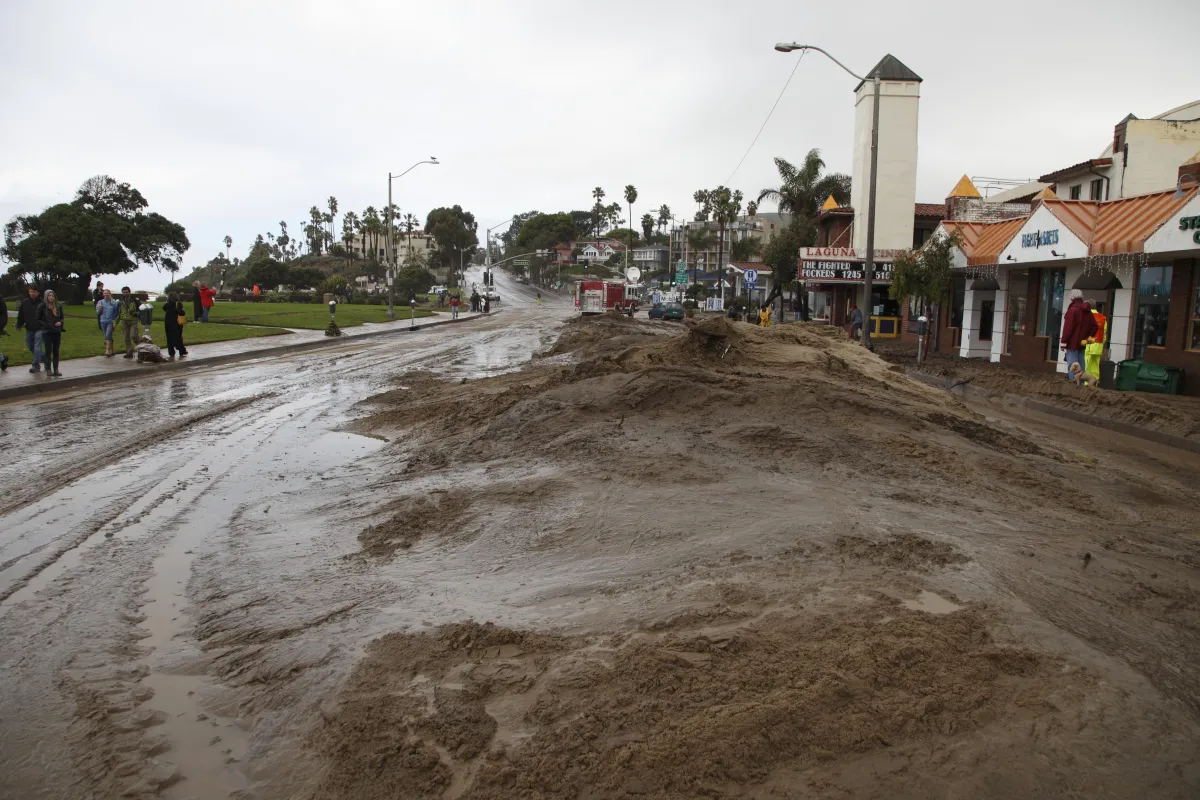
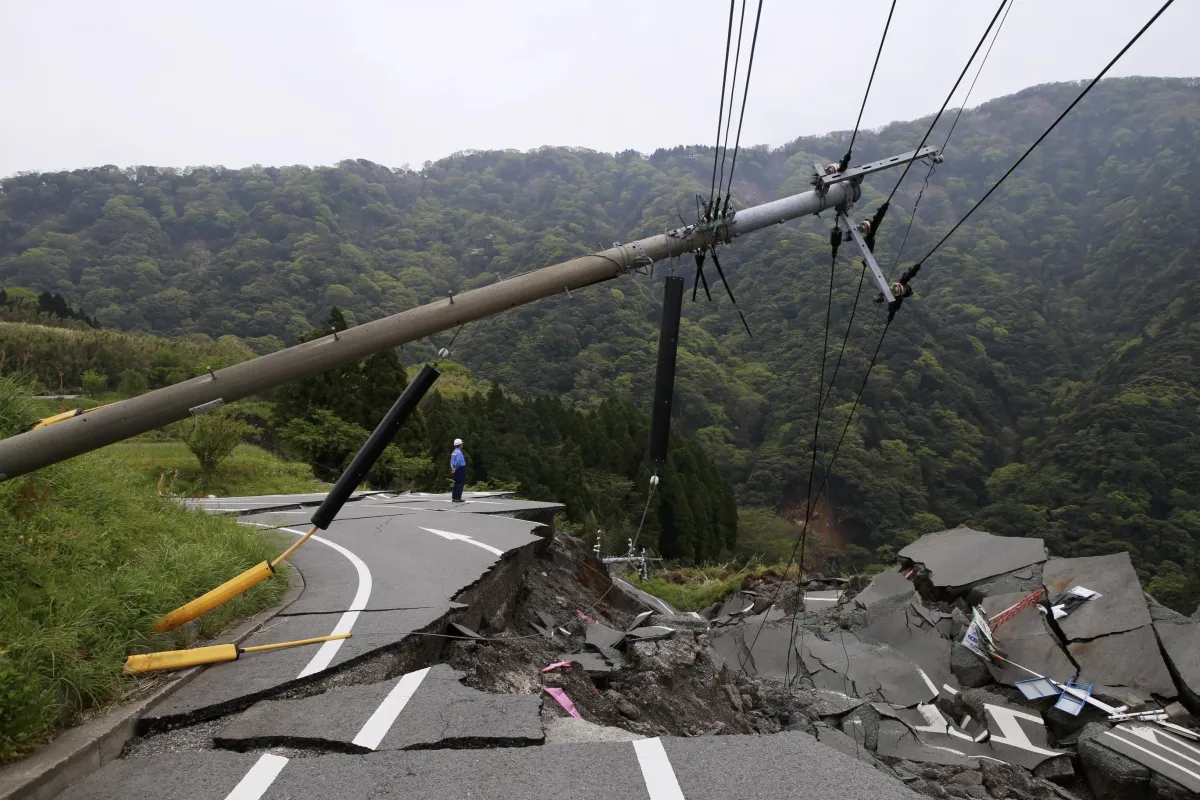
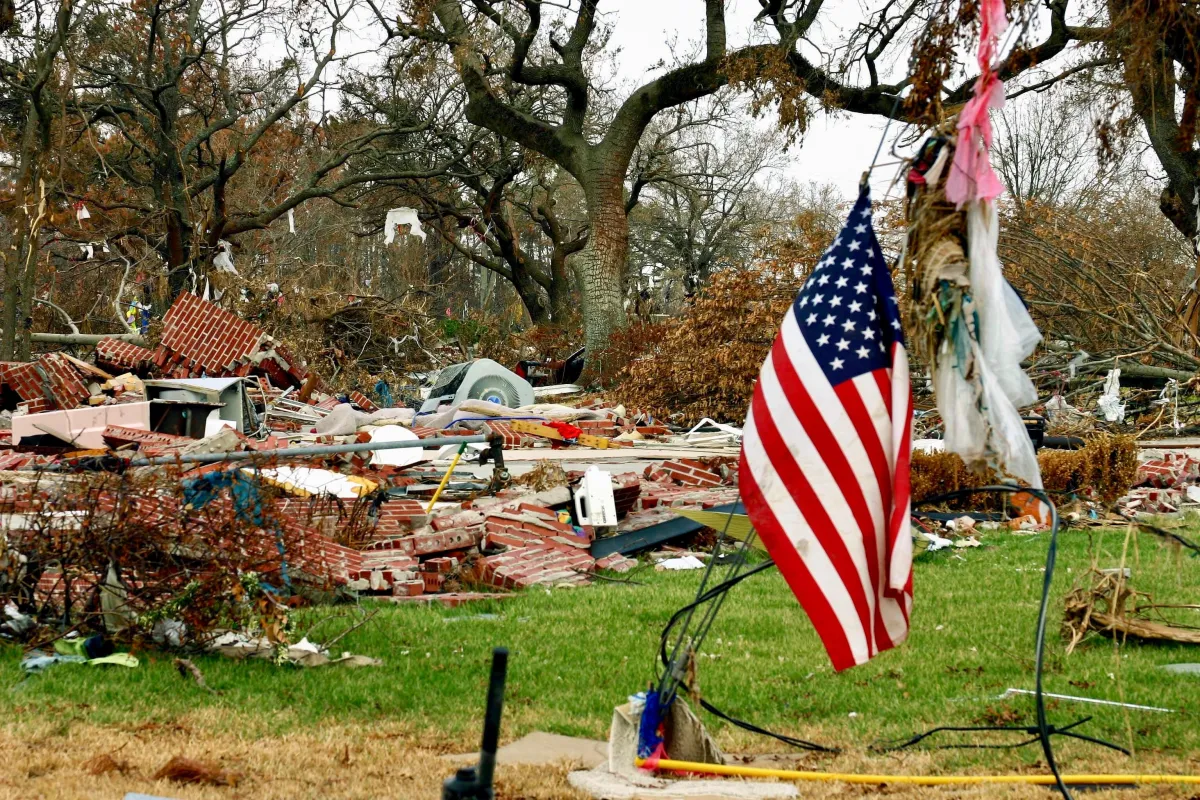




Welcome to Jeanie Edwards Consulting

We are dedicated to helping business owners prepare for potential disasters so they can save thousands of dollars and and reduce the possibility of losing their life savings as well as their business.
Disaster Preparedness is Not An Option;
it is essential to the survival and continued success of your business. Whether it is a natural or man made disaster, or a medical emergencies, the right preparation can
make all the difference.
With planning, you reduce risks, improve recovery time, and ensure your business
can continue to serve your community
in the face of unexpected challenges.
Disaster Preparedness is Key to Survival
By recognizing that disasters can strike at any time, you are taking the first step toward safeguarding your business. Being prepared is not just about physical readiness;
it is about emotional resilience and ensuring you can respond effectively in the
face of adversity.
When Calamity Strikes, you will be ready - not only to survive but to thrive.


Welcome to Jeanie Edwards Consulting

We are dedicated to helping business owners prepare for potential disasters so they can save thousands of dollars and protect their life savings. Disaster preparedness isn't just an option, it's essential to the survival and continued success of your business.
Whether it's a natural disaster, a fire, or even unforeseen medical emergencies, the right preparation can make all the difference. By planning ahead, you reduce risks, improve recovery time, and ensure your business can thrive even in the face of unexpected challenges.
Disaster Preparedness is Key to Survival
By recognizing that disasters can strike at any time, you’re taking the first step toward safeguarding your business. Being prepared is not just about physical readiness; it’s about emotional resilience and ensuring you can respond effectively in the face of adversity. When disaster strikes, you’ll be ready—not only to survive but to thrive.


Welcome to Jeanie Edwards Consulting
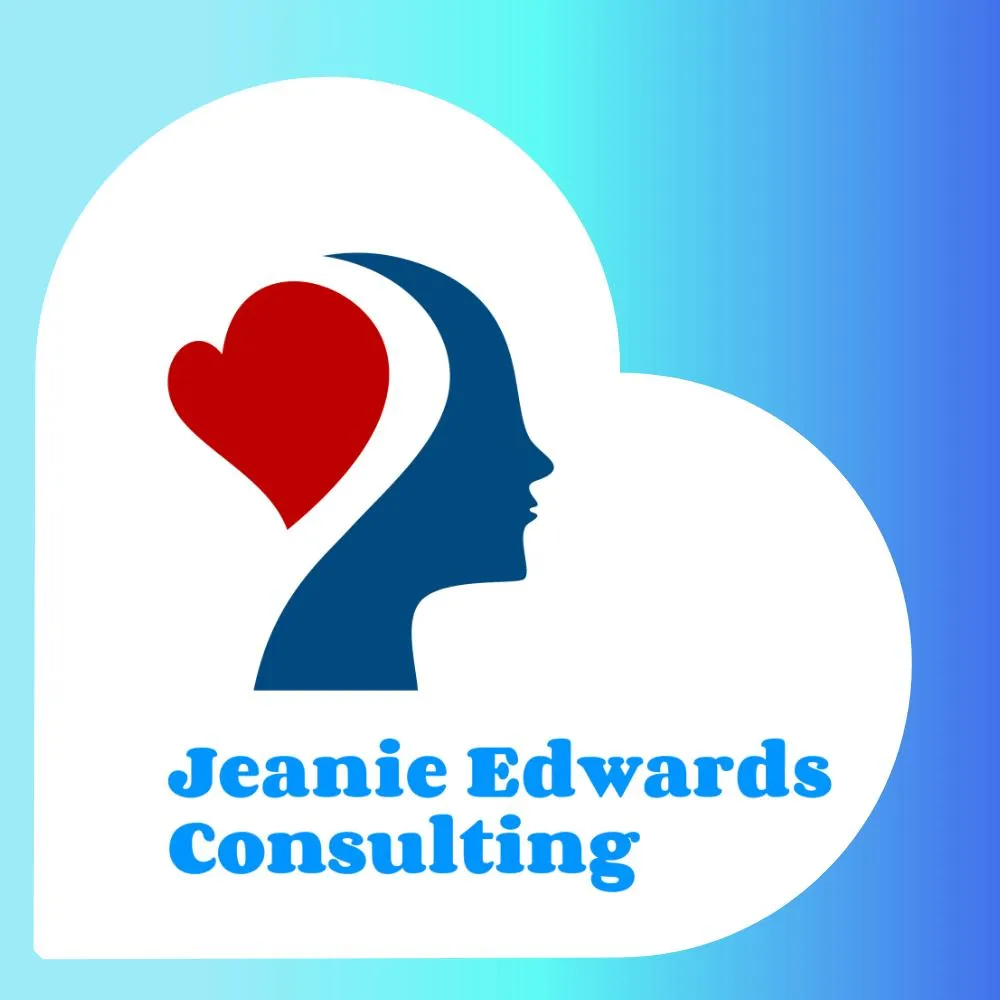

We are dedicated to helping business owners prepare for potential disasters so they can save thousands of dollars and and reduce
the possibility of losing their life savings as well as their business.
Disaster Preparedness is Not An Option;
it is essential to the survival and continued success of your business.
Whether it is a natural or man made disaster, or a medical emergencies, the right preparation can make all the difference.
With planning, you reduce risks, improve recovery time,
and ensure your business can continue to serve your community
in the face of unexpected challenges.
Disaster Preparedness is Key to Survival
By recognizing that disasters can strike at any time,
you are taking the first step toward safeguarding your business.
Being prepared is not just about physical readiness;
it is about emotional resilience and ensuring you can respond effectively in the face of adversity.
When Calamity Strikes, you will be ready -
not only to survive but to thrive.

Jeanie Edwards Consulting
What is a Disaster?
When you think "disaster," what comes to your mind? Is it the big national disasters, such as earthquakes, hurricanes, tornadoes, wildfires, or something else? The biggest obstacle most people face is knowing that disasters are not limited to weather-related occurrences.
How Long Does It Take to Become Disaster Prepared?
Disaster Preparedness starts with recognizing that disasters do happen. No one is immune. Get to know what disasters are more likely in your area. For example, living in California, you can expect more earthquakes.
Business Consulting
When I receive a request from a business owner, the first step I take is to find out what disaster preparedness has been put in place. As I learn more about the business, I point out what could happen, what supplies are needed (such as food, water, and medical supplies), and in what quantity for the number of staff who work in the business.
Jeanie Edwards Consulting
What is a Disaster?
When you think "disaster,"
what comes to your mind?
Is it the big national disasters,
such as earthquakes, hurricanes,
tornadoes, wildfires, or something else?
The biggest obstacle most people face
is knowing that disasters are not limited to weather related occurrences.
How Long Does It Take
to Become
Disaster Prepared?
Disaster Preparedness starts
with recognizing that
Disasters do Happen.
No one is immune.
Get to know what disasters
are more likely in your area.
For example, living in California,
you can expect more earthquakes.
Business Consulting
When I receive a request
from a business owner,
the first step I take is to find out
what disaster preparedness has been
put in place.
As I learn more about the business,
I point out what could happen,
what supplies are needed
(such as food, water, and medical supplies), and in what quantity
for the number of staff who
work in the business.
Client
TESTIMONIALS
TESTIMONIALS
Client

COMPANY
COMPANY
LEGAL
FOLLOW US
Copyright 2025. Jeanie Edwards Consulting. All Rights Reserved.

